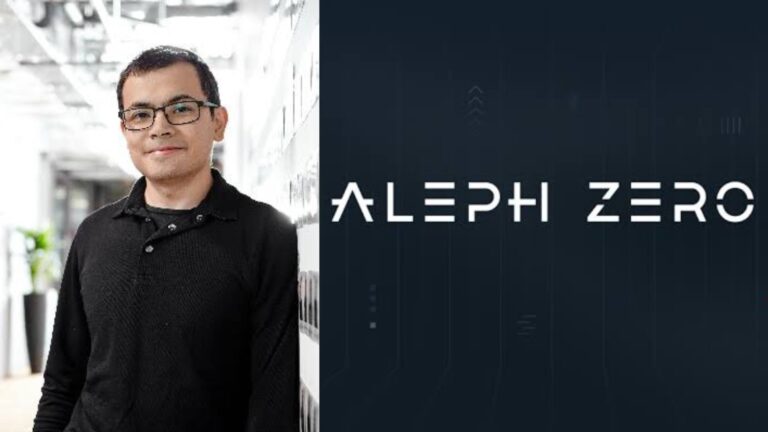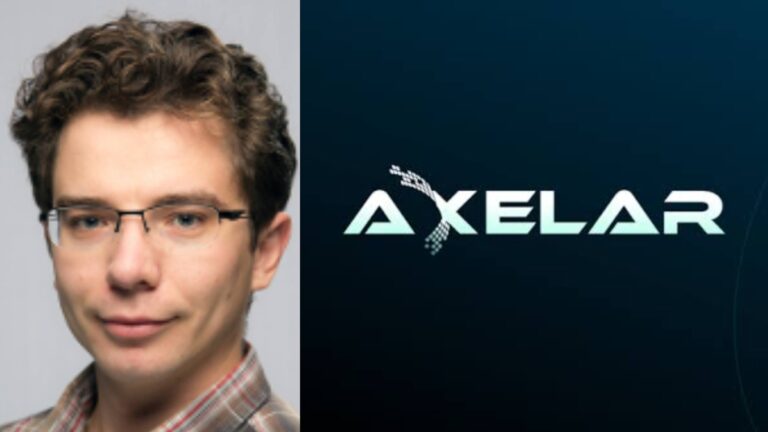Flux Explained: Everything You Need to Know Before Investing – By Founder Matthias Wagner

Introduction to Flux
Flux is a decentralized cloud computing platform that enables developers and businesses to deploy, manage, and scale applications in a secure and cost-efficient manner. The platform uses blockchain technology to deliver decentralized infrastructure that reduces reliance on centralized cloud providers like Amazon Web Services (AWS) and Google Cloud. By doing so, Flux aims to provide a more secure, efficient, and affordable cloud infrastructure for decentralized applications (dApps) and other use cases in the Web3 ecosystem.
The idea behind Flux is to create a decentralized marketplace for computing power, allowing users to rent computing resources or run their applications on the network, eliminating middlemen and reducing costs. Flux combines the benefits of blockchain, edge computing, and decentralized cloud to deliver a next-generation solution for businesses and developers.
The project was founded by Matthias Wagner, an experienced entrepreneur with a strong background in both blockchain and cloud computing technologies. Under his leadership, Flux has grown to become a prominent project in the decentralized cloud space, attracting developers and businesses seeking more control over their infrastructure.
What is Flux’s Blockchain-Based Ecosystem?
Flux is built on a blockchain-based ecosystem that uses the Flux Blockchain, a layer-1 blockchain designed specifically for decentralized cloud services. The Flux blockchain powers the entire Flux network, providing a secure, decentralized, and transparent infrastructure. This decentralized network allows developers and businesses to deploy and manage their applications with more flexibility and fewer intermediaries, enhancing the security and performance of their operations.
The ecosystem is made up of the following components:
- Flux Nodes: These are decentralized servers that run Flux’s applications, providing the network with computing power. Individuals can stake their Flux tokens to run nodes, contributing to the network and earning rewards in return.
- Flux OS (Operating System): This operating system allows developers to run applications and services on Flux’s decentralized cloud infrastructure. Flux OS is designed to be user-friendly, supporting both Docker and Kubernetes, which enables businesses and developers to easily deploy and scale their applications.
- FluxHub: A portal that allows users to interact with the Flux network. Through FluxHub, users can manage their Flux nodes, access applications, and track their token earnings.
- The Flux Token ($FLUX): The native cryptocurrency of the Flux ecosystem, used to power the platform. The Flux token is used for staking, paying for services, and rewarding node operators who provide computing power to the network.
Key Features of Flux
1. Decentralized Cloud Computing
Flux is an alternative to traditional cloud providers, offering a decentralized cloud infrastructure that allows businesses and developers to maintain more control over their data and applications. This decentralized nature ensures that there is no single point of failure, providing enhanced security and uptime compared to centralized providers.
2. Seamless Integration with Blockchain and dApps
Flux is designed to support the growing demand for decentralized applications (dApps) and blockchain-based services. Its blockchain-powered ecosystem provides a secure and efficient environment for developers to build and scale dApps. The platform also supports the integration of other blockchains, enabling cross-chain compatibility and interoperability.
3. Tokenization and Staking
Flux uses its native token, $FLUX, to power its ecosystem. Users can stake their $FLUX tokens to participate in the network as node operators, earning rewards in the process. Staking is an integral part of the Flux ecosystem, incentivizing individuals to contribute to the network’s stability and growth.
4. Scalability and Flexibility
Flux’s decentralized infrastructure allows users to scale their applications with ease. The platform supports both large and small-scale deployments, offering flexibility for developers to build applications that meet their specific needs. The platform also allows for seamless updates and maintenance without downtime.
5. Cost-Effective Solution
By removing middlemen and centralization, Flux offers a more cost-efficient cloud computing solution compared to traditional providers. Users can save on infrastructure costs while benefiting from the scalability and security of a decentralized network.
Use Cases for Flux
Flux is designed to cater to various use cases in the Web3 and blockchain ecosystem. Some of the primary use cases include:
1. Decentralized Applications (dApps)
Flux is an ideal platform for hosting decentralized applications (dApps). The decentralized infrastructure provides enhanced security, scalability, and cost-efficiency, making it an attractive choice for developers building on the blockchain.
2. Edge Computing
Flux can be used for edge computing, where computing power is distributed across multiple nodes in the network, reducing latency and improving application performance. This is especially useful for applications that require real-time processing or need to operate in remote areas with limited infrastructure.
3. NFT Platforms
Flux can host NFT marketplaces and platforms, providing the decentralized infrastructure needed to support the growing demand for NFTs. The platform ensures that NFT creators and users have access to secure and efficient services.
4. Web3 Services
Flux is ideal for hosting Web3 services, including decentralized finance (DeFi) applications, decentralized storage, and smart contracts. The platform supports various blockchain protocols and services, making it a versatile tool for developers building Web3 solutions.
Flux’s Roadmap and Future Outlook
Flux has outlined a comprehensive roadmap for the future, with several key developments planned to enhance the platform and its capabilities. These include:
- Expanding Node Operators: Flux aims to increase the number of decentralized nodes in its network to improve scalability and decentralization.
- Improving User Experience: The platform is continuously working on enhancing the user interface of Flux OS and FluxHub to make it more intuitive and accessible to developers and businesses.
- Cross-Chain Compatibility: Flux plans to support additional blockchain protocols, making the platform even more versatile for developers working across different blockchain ecosystems.
- Increased Adoption: Flux is actively working on partnerships with businesses, developers, and other projects in the blockchain and Web3 space to increase adoption of its platform.
Why Invest in Flux (FLUX)?
Flux presents a unique opportunity for investors who believe in the future of decentralized cloud computing and blockchain-based infrastructure. The platform has strong fundamentals, a visionary founder, and a growing user base. Here are a few reasons why Flux is a promising investment:
- Decentralized Cloud Computing: The demand for decentralized cloud solutions is expected to grow as businesses and developers seek alternatives to centralized providers. Flux’s innovative approach positions it well in this growing market.
- Strong Team and Leadership: With Matthias Wagner at the helm, Flux has gained recognition and credibility in the blockchain and cloud computing industries. Wagner’s experience and leadership have been crucial to the platform’s growth.
- Scalability and Flexibility: Flux’s decentralized infrastructure allows it to scale and adapt to various use cases, making it a versatile platform with long-term growth potential.
- Earning Potential with Staking: By staking $FLUX tokens, users can participate in the network and earn rewards. This creates an opportunity for investors to passively earn income from their holdings.
- Growing Ecosystem: Flux is expanding its ecosystem with new features and partnerships, increasing its utility and value in the blockchain space.
Conclusion
Flux is a game-changing decentralized cloud computing platform with immense potential for both businesses and developers. Its innovative use of blockchain technology offers a more secure, efficient, and cost-effective alternative to traditional cloud providers. With its strong leadership under Matthias Wagner and a growing ecosystem, Flux is well-positioned to be a leader in the Web3 and blockchain infrastructure space.
For investors interested in the future of decentralized cloud computing, Flux presents an exciting opportunity. As the platform continues to grow and attract more users, the value of its native token, $FLUX, is likely to increase, making it a promising investment for those looking to capitalize on the decentralized future of cloud computing.





